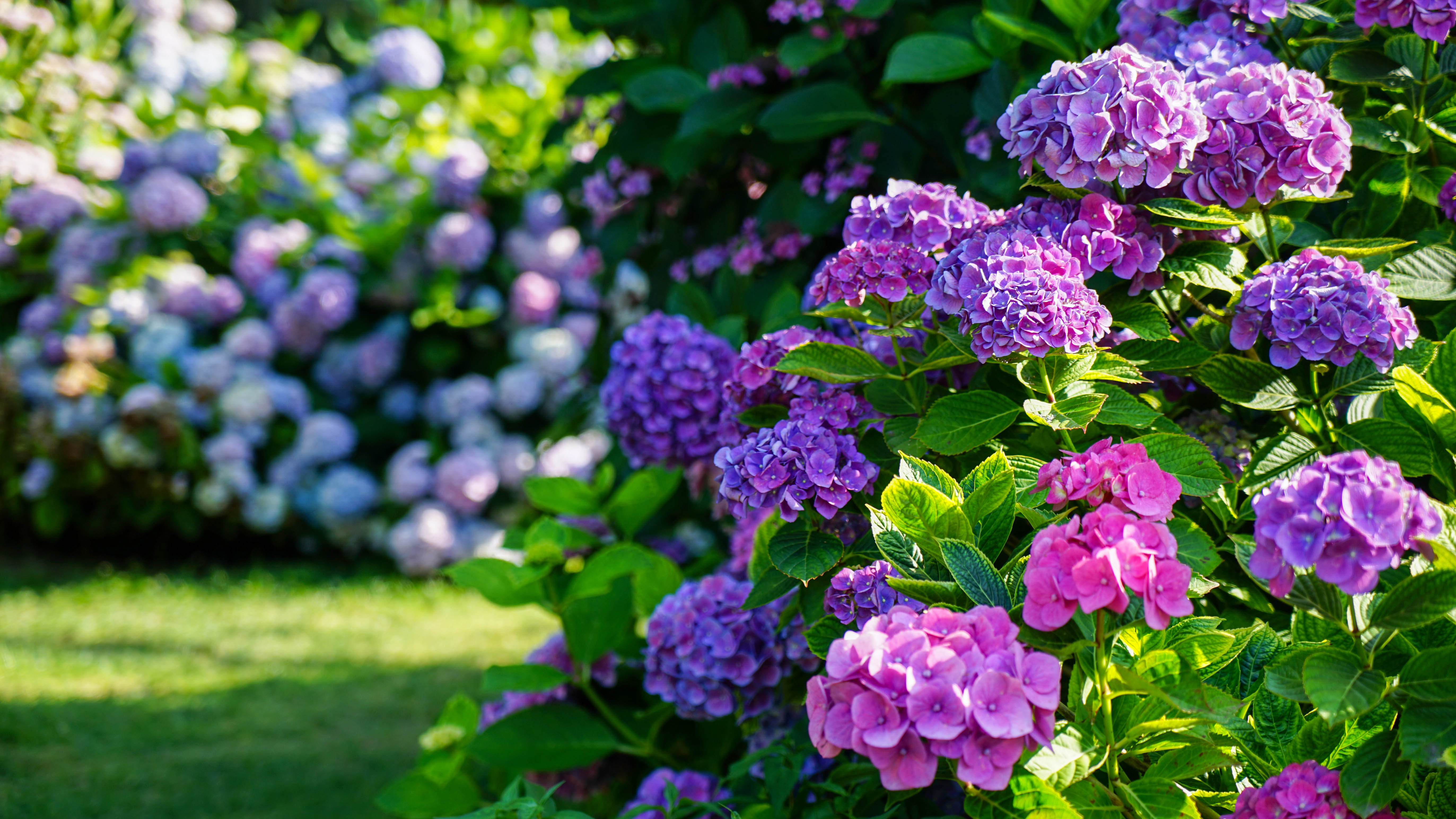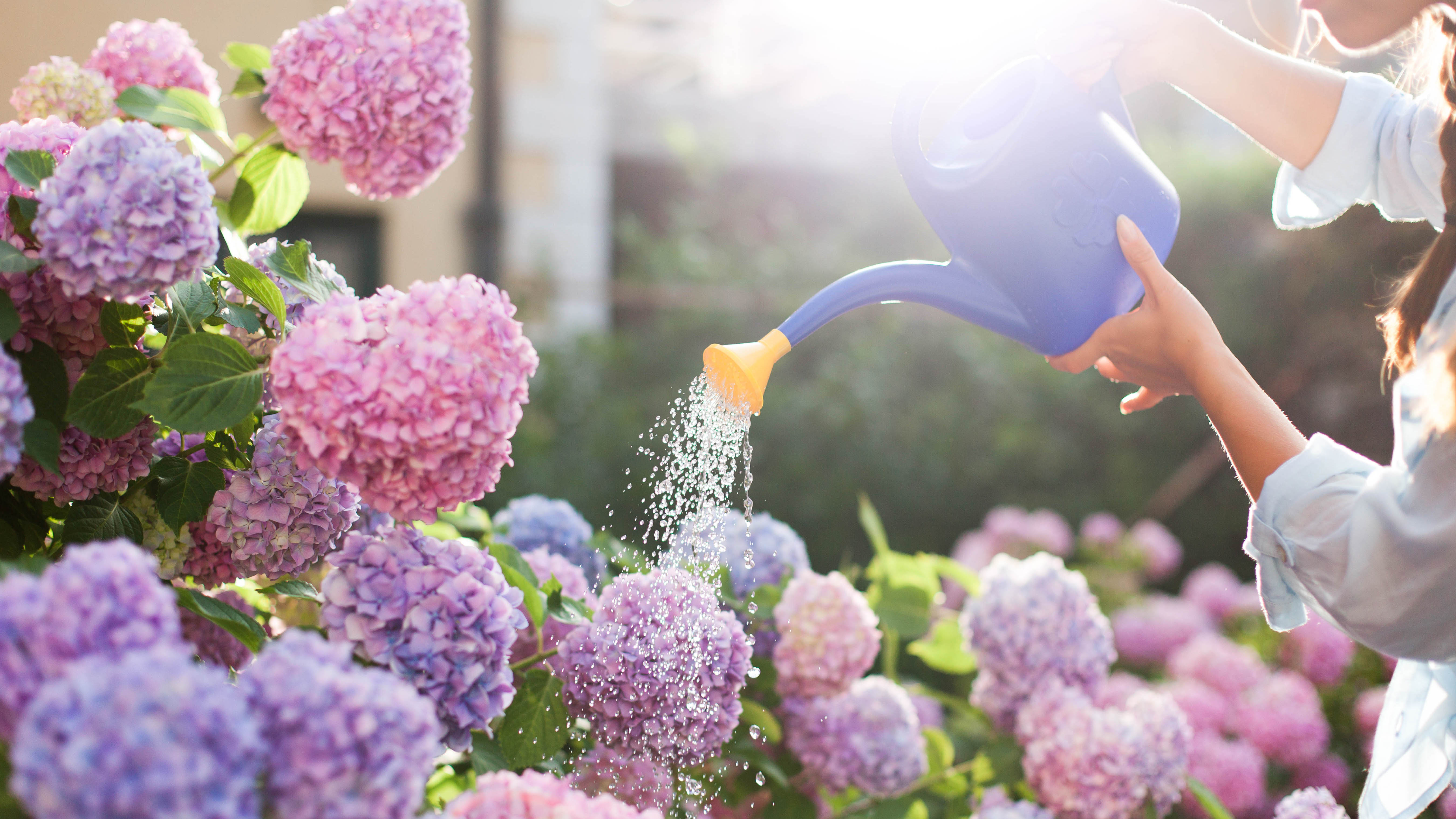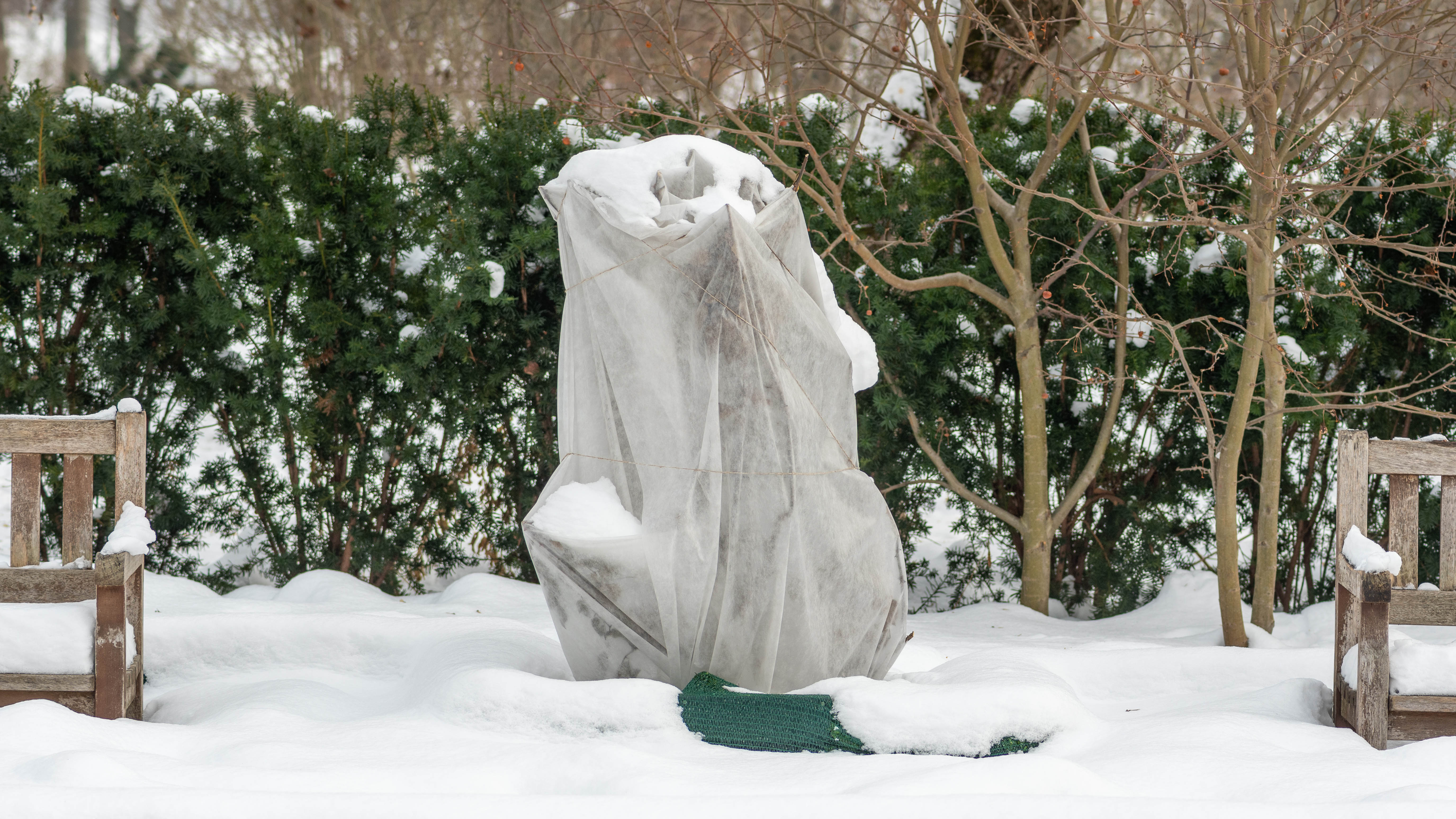How to winterize hydrangeas and help them flourish in 2026
Want to know how to winterize hydrangeas? Here’s how in a few easy steps

Now that the months are getting colder, you'll need to know how to winterize hydrangeas. Hydrangeas are easy to care for and look stunning all year long with their vibrant blooms. But, while these plants are generally quite hardy, the freezing temperatures and chilling winds can do some damage. That’s why putting these plants to bed is arguably as important as knowing how to prune hydrangeas and knowing when do hydrangeas flower? In fact, if you’ve noticed wilting flowers on your hydrangeas, it might be time to deadhead them — here's how to deadhead hydrangeas. And not sure when hydrangeas boom?
While learning how to winterize hydrangeas seems quite tricky, it's actually not that hard to do. Once you know the method, you can re-use the same supplies year-on-year to help your blooms flourish. Once your hydrangeas are in hibernation, you can then focus on other projects too, such as how to grow a Christmas tree. So, here's how to winterize hydrangeas in a few simple steps.
Before you go through these steps, it’s important to stress that the best method will depend on your climate and the type of hydrangeas you want to protect. The colder your region and the more delicate the plant, the more attention it will need.
If the temperature is unlikely to drop below 0 degrees Fahrenheit, you won’t need to go to the extreme of covering them up for instance, but more watering will likely be necessary. If your temperature does fall below this, you will need to supply extra protection depending on the type of hydrangea.
Also, check out 5 mistakes to avoid when growing hydrangeas.
Mulch
Fresh compost
Burlap or breathable alternative (optional)
Wire frame or cage (optional)
If your hydrangeas bloom on new wood, such as smooth hydrangeas, hydrangea paniculata and Peegee hydrangea, you’re in luck as these are quite hardy and won’t need so much attention — that is unless your temperature drops below -30 degrees Fahrenheit. However, hydrangeas which bloom on old wood, including mopheads, lacecaps, big leaf and Hydrangea Macophylla, will need addressing.
How to winterize hydrangeas
1. Water your hydrangeas

It can be easy to forget at this time of year, but your hydrangeas will still need watering occasionally. How much water you use and how regularly you do so largely depends on your climate.
Get instant access to breaking news, the hottest reviews, great deals and helpful tips.
If you don’t deal with freezing temperatures and there’s little rainfall, then you should water your hydrangeas thoroughly about once a month. You can always check the soil if you’re unsure — if it feels bone dry, then it could do with some water. If the ground freezes over, or there’s often snowfall, then you don’t need to worry about watering your hydrangeas.
2. Apply some fresh compost
It’s a good idea to give your hydrangeas a nutritional boost before winter hits. By laying down some fresh compost on your hydrangeas, it will break down over the colder months and give your hydrangeas access to fresh nutrients in the spring. This will keep your hydrangeas healthy and give them a boost in the springtime too.
3. Cover with mulch

If you live in a colder climate, then mulch might be necessary. This sits on top of the soil and acts as insulation for the roots. You want to apply roughly six to eight inches of mulch around the base of the plant for it to be effective.
Mulch is useful in milder climates too as it helps the soil retain its moisture. You can use straw or fallen leaves for this. Although, make sure you wait until late fall or early winter to apply mulch, as its warmth can attract rodents and critters.
4. Wrap up warm

If you’re protecting hydrangeas which bloom on old wood and you live in a particularly chilly region (below 0 degrees Fahrenheit), then covering your plants may be necessary. You will need to wrap the plants loosely, but securely in a few layers of burlap.
It’s important to give the plants some room to breathe, but you also want the layers to be secure with twine or string so the wind can’t catch it. There are alternatives available to burlap, but you shouldn’t use plastic as the material needs to be breathable. If you don't have any to hand, we recommend Natural Burlap Fabric ($17.99, Amazon).
5. Build a frame
If your plant is young and you worry layers of burlap are going to be too heavy for it, you can place a frame around it instead, such as a wire cage. Then fill it with mulch and wrap the cage in burlap instead.
If you live in a snowy region, then a frame is useful for keeping the snow off of your hydrangeas too. If you get lots of snow, the weight of it can damage your plants, so it’s worth planning for.
6. Move to a warmer position

If your hydrangea is in a pot, then we recommend moving it to a warmer location, such as a greenhouse, or at least near a wall to protect it from the frost and wind. If the pot is too big to do this, then depending on the hydrangea's fragility, you can cover it with burlap following the above steps.
When should you winterize hydrangeas?
If you’re expecting frost over the winter, you want to start prepping your hydrangeas at the end of fall, so now ideally. If you live in a milder climate, then you won’t need to take as many steps, but you should still start getting ready to winterize your hydrangeas.
If you live in a very cold region and have to wrap up your hydrangeas because of regular frost, then you should only remove the layers in early spring — be prepared to reapply them if the temperature drops again.

Katie Mortram used to be a Homes Editor for Tom's Guide, where she oversaw everything from kitchen appliances to gardening tools, as well as smart home tech. Specializing in providing expert advice for cleaning and home manintenance, she now works as Household Advice Editor for Good Housekeeping.
